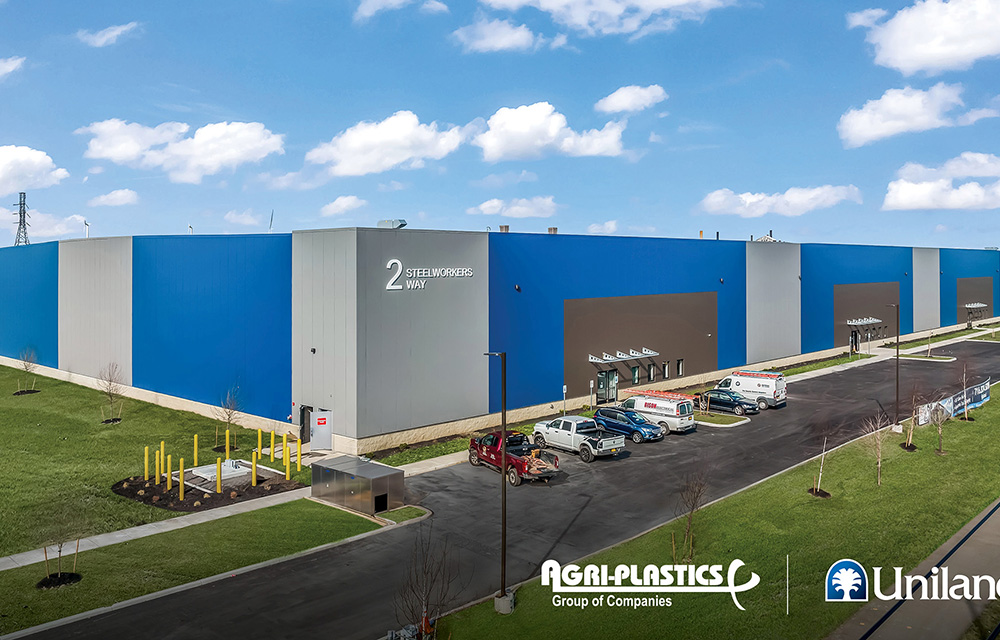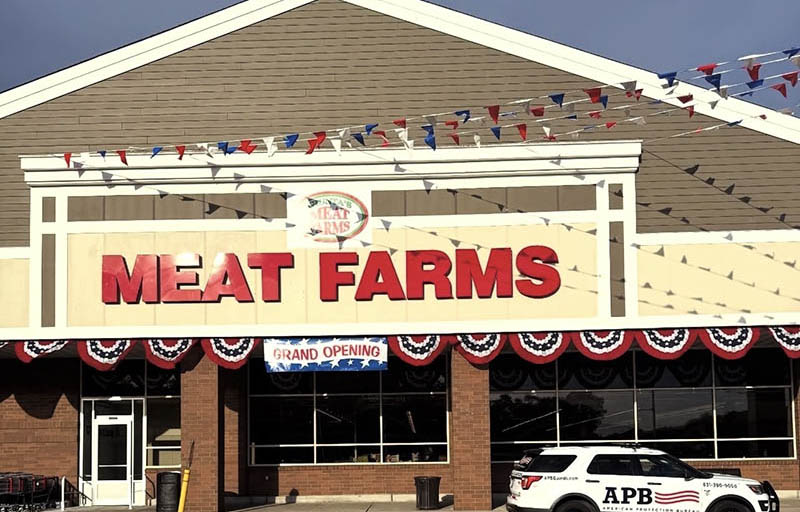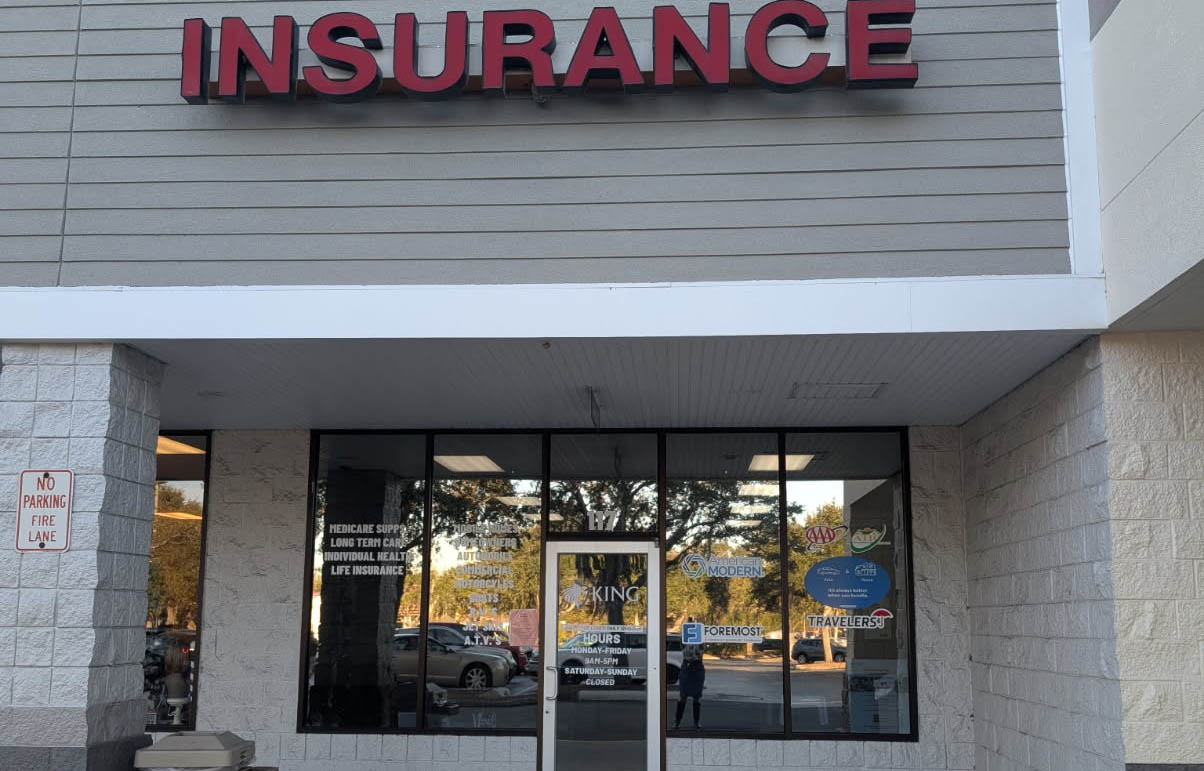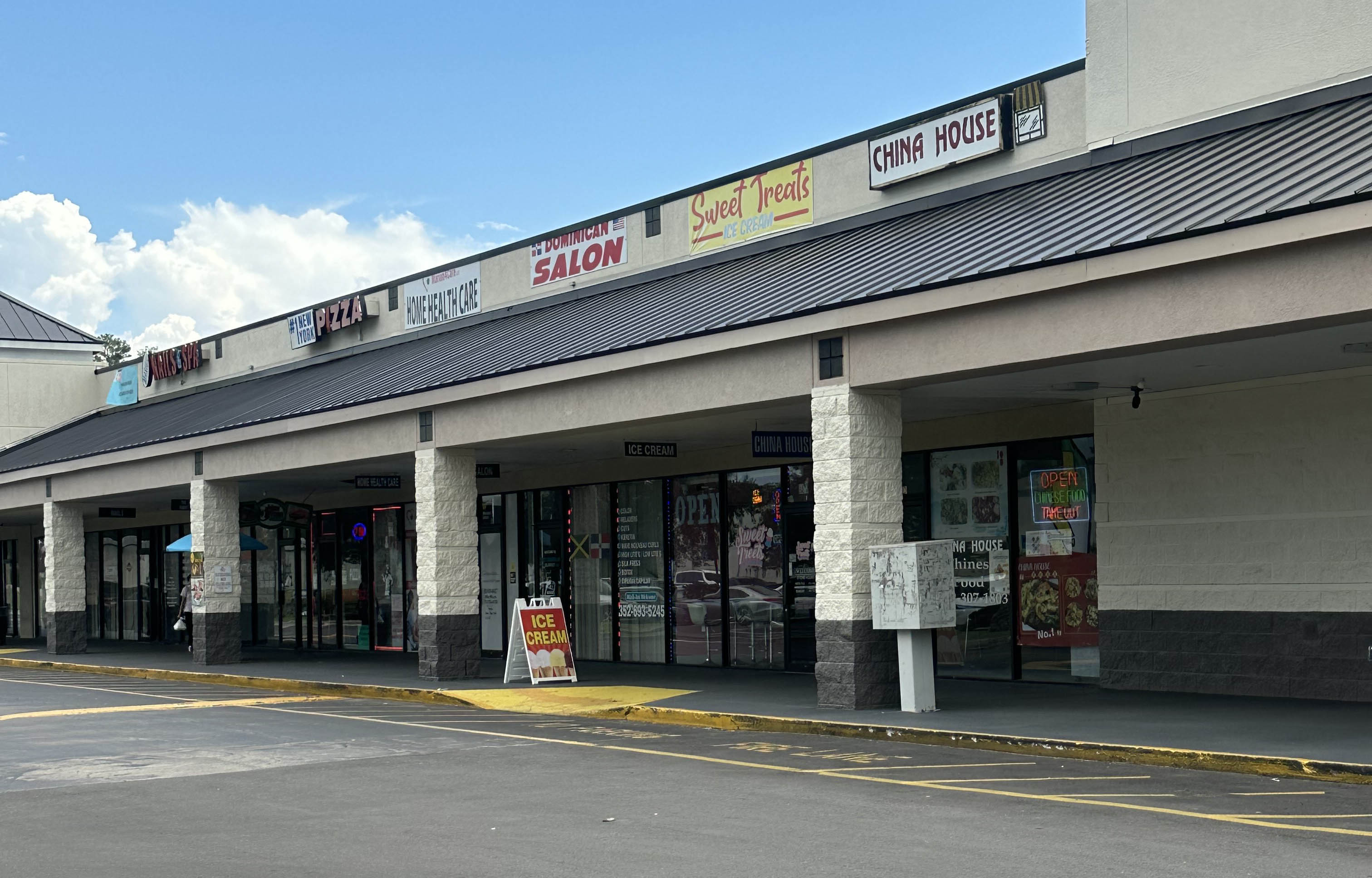News:
Brokerage
Posted: July 15, 2013
Rebny study reveals excessive landmarking of Manhattan properties stifling economic growth; More than one in four Manhattan properties are landmarked making neighborhoods less affordable and driving up costs for property owners
Nearly 30% of Manhattan properties are now protected by regulations governing landmarks - a milestone that will stifle job creation and important economic development initiatives, increase the cost of living in New York, and further homogenize much of the borough's neighborhoods.
A total of 11,857 - or 27.7% - of Manhattan properties are designated landmarks, according to the comprehensive analysis released today by the Real Estate Board of New York (REBNY). In some neighborhoods, such as the Upper West Side and SoHo/Greenwich Village, of Manhattan, the level of protected properties has reach a staggering 70%.
As the ability to develop housing is constricted, housing prices increase and wealth concentrates in heavily-landmarked areas. Owners must expend time and resources on the administrative and discretionary process that landmarks designation represents, while also paying the hard costs of complying with landmarks standards. These regulations impose a special burden on those buildings that have a population whose income is unable to support the cost of complying with the largely unsubsidized Landmark regulations as well as those rent regulated buildings whose annual rent increases are set by the Rent Guidelines Board.
Other key findings of the study include:
· 70% of properties in Community Districts 2 (SoHo, Village area) and 7 (Upper West Side) are landmarked
· 93% of all landmarked properties in Manhattan are located in historic districts, indicating how this broad brush approach to landmark designation undermines the landmark process by capturing numerous properties that have no historic significance, by including buildings that lack any architecturally noteworthy style or that have been so significantly altered that they lack distinction
· 48 vacant lots and 50 parking lots representing approximately 2.6 million s/f of development potential are on landmarked properties in Manhattan
The study also noted that landmarks affect efforts to create a more sustainable New York. As property owners attempt to increase energy efficiency in landmarked buildings, it is becoming harder to find affordable fixtures that comply with landmarks standards.
Tags:
Brokerage
MORE FROM Brokerage
Hanna Commercial Real Estate brokers Agri-Plastics 64,000 s/f manufacturing facility lease at Uniland’s 2 Steelworkers Way
Lackawanna, NY Agri-Plastics, a global leader in the manufacturing of plastic products for agricultural, industrial, recreational, environmental, and home industries, has signed a 64,000 s/f lease to open a

Columns and Thought Leadership

Lasting effects of eminent domain on commercial development - by Sebastian Jablonski
The state has the authority to seize all or part of privately owned commercial real estate for public use by the power of eminent domain. Although the state is constitutionally required to provide just compensation to the property owner, it frequently fails to account

Behind the post: Why reels, stories, and shorts work for CRE (and how to use them) - by Kimberly Zar Bloorian
Let’s be real: if you’re still only posting photos of properties, you’re missing out. Reels, Stories, and Shorts are where attention lives, and in commercial real estate, attention is currency.

AI comes to public relations, but be cautious, experts say - by Harry Zlokower
Last month Bisnow scheduled the New York AI & Technology cocktail event on commercial real estate, moderated by Tal Kerret, president, Silverstein Properties, and including tech officers from Rudin Management, Silverstein Properties, structural engineering company Thornton Tomasetti and the founder of Overlay Capital Build,

Strategic pause - by Shallini Mehra and Chirag Doshi
Many investors are in a period of strategic pause as New York City’s mayoral race approaches. A major inflection point came with the Democratic primary victory of Zohran Mamdani, a staunch tenant advocate, with a progressive housing platform which supports rent freezes for rent








.jpg)
.gif)
.gif)